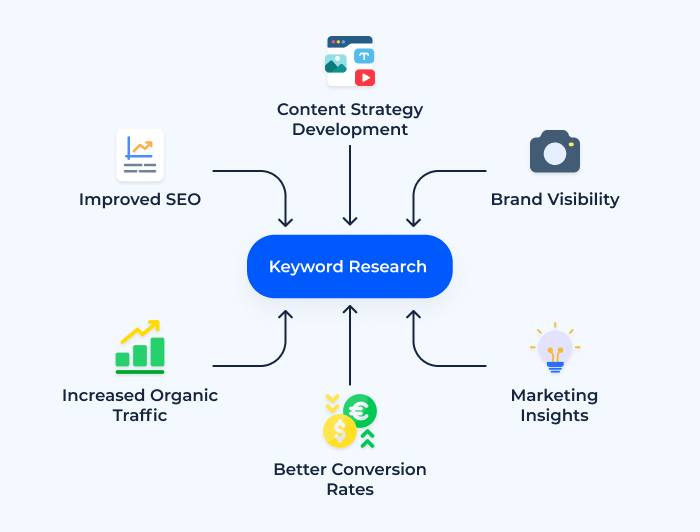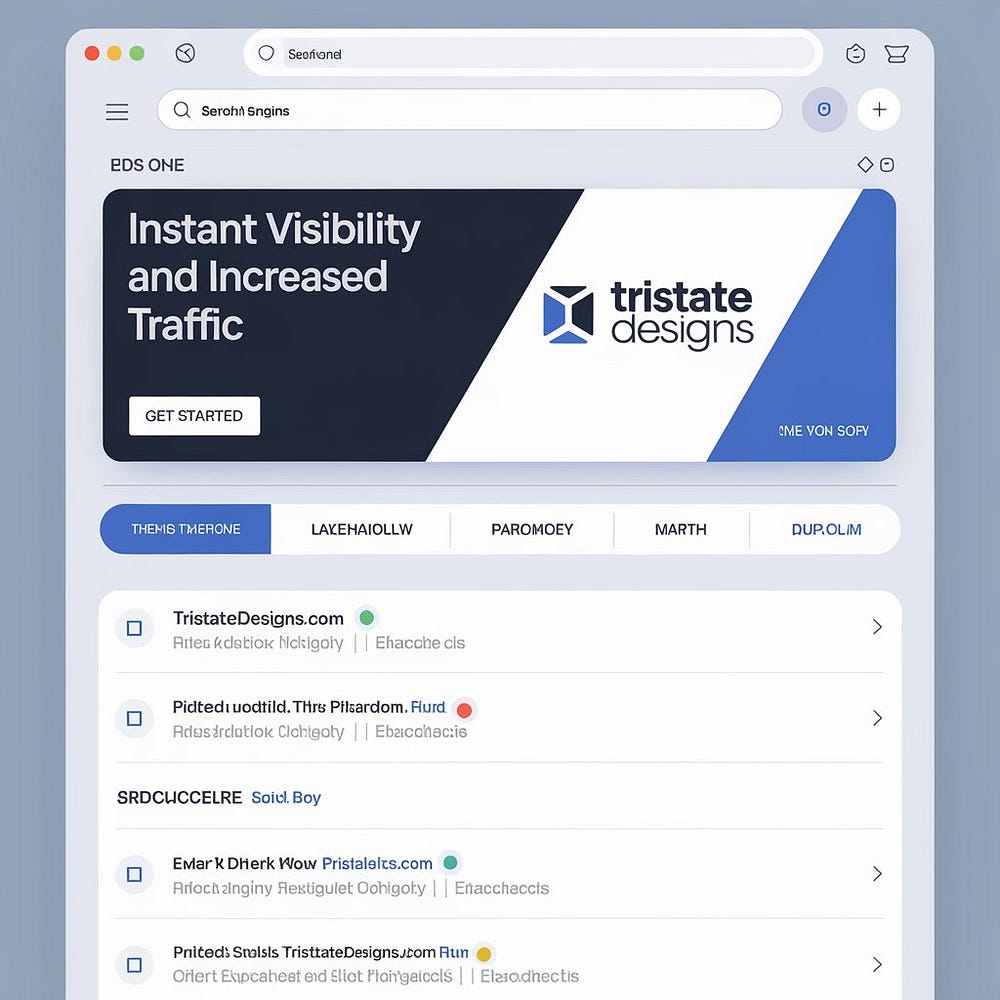In the ever-evolving digital landscape, optimizing your website for search engines is no longer...
How to Design a Logo That Stands Out in the Digital Era (2024 Edition)
In an age where digital presence is paramount, creating a logo that stands out has become more important than ever. As we approach 2024, logo design trends are shifting towards bold visuals, adaptability, and strong brand alignment. A logo must be memorable, versatile, and reflective of a brand’s identity to capture attention and make a lasting impression. Here are some key strategies for designing a logo that stands out in the digital era.

1. Emphasize Uniqueness and Originality
In a digital world saturated with visuals, a unique and original logo can help a brand rise above the noise. For 2024, focus on creating a logo that sets your brand apart by incorporating distinctive shapes, custom typography, or an unexpected color palette. Avoid generic elements or overused symbols, as they can make the logo blend into a sea of competitors.
To achieve originality, consider what makes your brand different and translate that into visual elements. Whether it’s a quirky icon, a unique font, or an unconventional layout, embracing originality will make your logo more memorable and engaging.
2. Prioritize Versatility for Multi-Platform Use
In the digital era, logos need to be versatile enough to work across various platforms, from social media profiles to mobile apps and websites. For 2024, responsive logos — designs that adapt to different screen sizes and formats — are becoming increasingly popular. A versatile logo should look great in both full-color and monochrome versions and be recognizable even in smaller sizes.
When designing for versatility, ensure that the logo maintains its integrity and legibility across different backgrounds and media. Simplified versions or logo variations can be created for different contexts, ensuring that the logo remains effective and consistent no matter where it appears.
3. Leverage Color Psychology for Impact
Color is a powerful tool in logo design, as it can evoke emotions and create a strong visual impact. In 2024, bold and unexpected color combinations are trending, as they can make a logo more eye-catching in a digital landscape. However, it’s important to choose colors that align with your brand’s identity and message.
Understanding color psychology can help you select a palette that resonates with your target audience. For instance, blue is often associated with trust and professionalism, while red can evoke energy and passion. Consider using a limited palette to maintain focus, or experiment with gradients to add depth and dynamism to the logo.
4. Incorporate Elements of Motion and Interactivity
As digital media evolves, logos are no longer limited to static designs. Motion and interactivity are increasingly used to capture attention and enhance user engagement. Animated logos or logos with interactive elements can add a dynamic dimension to a brand’s identity, making it more memorable.
In 2024, consider incorporating subtle animations or interactive features, especially for digital platforms. These elements can range from a simple transition effect on a website to a fully animated logo intro for video content. Motion and interactivity can help a logo feel more modern and connected to digital environments, providing an immersive experience for users.
5. Reflect Your Brand’s Personality
A logo should embody the essence of the brand it represents. In the digital era, authenticity is crucial for connecting with audiences. For 2024, focus on designing a logo that reflects your brand’s values, mission, and personality. Whether your brand is playful and energetic or sophisticated and professional, the logo should align with these characteristics.
To reflect your brand’s personality, consider the choice of typography, color scheme, and iconography. A logo that genuinely represents the brand will not only stand out but also foster a stronger emotional connection with consumers, making it more likely to be remembered and trusted.
Conclusion
In 2024, designing a logo that stands out requires a balance of uniqueness, versatility, and brand alignment. By focusing on original design elements, ensuring adaptability across platforms, leveraging color psychology, and incorporating motion and interactivity, you can create a logo that captures attention and resonates with audiences. Remember to stay true to your brand’s personality, as authenticity is the key to creating a logo that not only stands out but also endures in a rapidly changing digital landscape.


